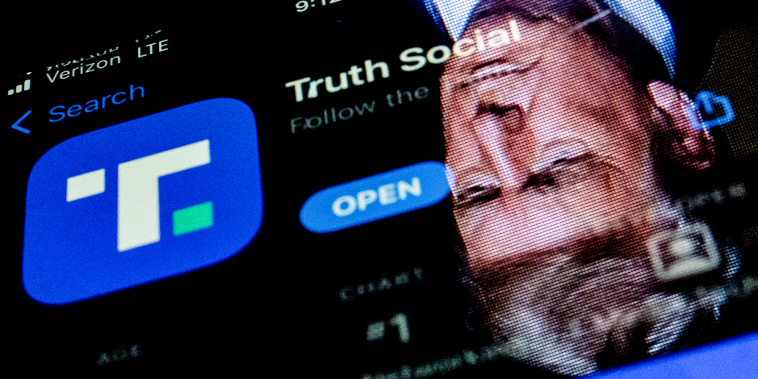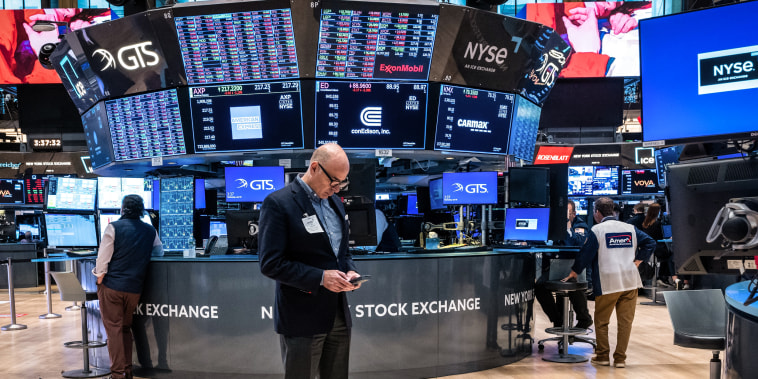A nonprofit founded and funded by liberal billionaire George Soros funneled a massive eight-figure sum into a prominent liberal super PAC that bankrolls several left-wing groups, according to records reviewed by Fox News Digital.
Soros’ Fund for Policy Reform poured $60 million into the Democracy PAC in the first quarter of this year, which then funneled millions of dollars into top Democratic committees benefiting House and Senate races, along with other liberal groups, FEC records posted on Monday show.
Of the $21 million that Democracy PAC sent to a dozen left-wing groups, $8 million was evenly divided between a pair of top outside groups benefitting House and Senate Democrats, $2.5 million to Planned Parenthood, $2.5 million to BlackPAC and $1.8 million to American Bridge, a Democratic opposition research firm.
Democracy PAC also sent $500,000 to Americans for Contraception Victory and $1 million to the ColorOfChange PAC.
Color of Change has been among the most active groups advocating to defund the police. In 2021, they were at the forefront of the unsuccessful push to ‘dismantle’ and replace the Minneapolis Police Department, an effort that was fueled by $500,000 from George Soros’ Open Society Policy Center.
‘We know that policing doesn’t keep us safe, communities do,’ reads a Color of Change petition calling on supporters to demand their local officials start the defunding process. ‘Policing doesn’t lead to thriving communities, investment does.’
The $60 million figure was the second largest in the 2024 election cycle so far, eclipsed only by the $82.5 million a state-level super PAC gave to Never Back Down, the super PAC backing Florida Gov. Ron DeSantis’ ill-fated presidential campaign, Bloomberg reported.
Fox News Digital reached out to Soros’ Open Society Foundations for comment, but did not receive a response.
Soros recently handed control of his political empire last year to his son, Alex, and his various organizations have continued to exert significant financial influence, including millions of dollars aimed at flipping Texas to Democrats.
Fox News Digital reported last fall that a Soros-funded group pushed more than $15 million to a nonprofit tied to President Biden’s main outside super PAC for the 2024 elections to evaluate crucial policy matters.
The Soros network appears to be closely involved in doing what it can to help ensure President Biden is re-elected, as evidenced by Alex Soros huddling with high-ranking Democrats shortly after taking over the Open Society Foundations.
Alex’s social media profiles have dozens of pictures of him and leading House and Senate Democrats since 2018. The two who appear the most are Senate Majority Leader Chuck Schumer of New York and then-House Speaker Nancy Pelosi of California. Alex had at least nine meetings with Schumer, whom he referred to as his ‘good friend.’
Alex had at least eight visits with Pelosi, calling her the ‘greatest Speaker of the House in American History!’
Fox News Digital’s Joe Schoffstall and Cameron Cawthorne contributed to this report.










